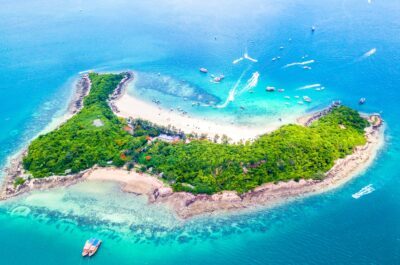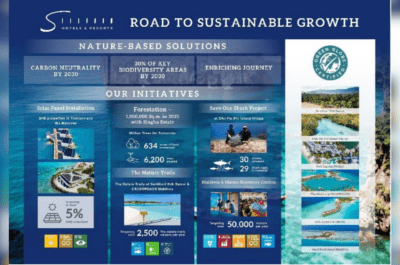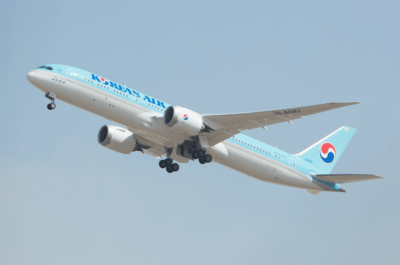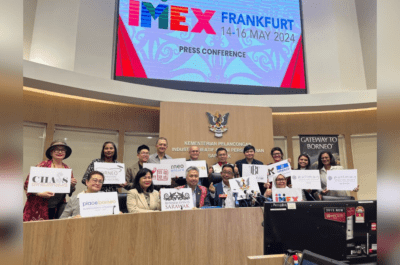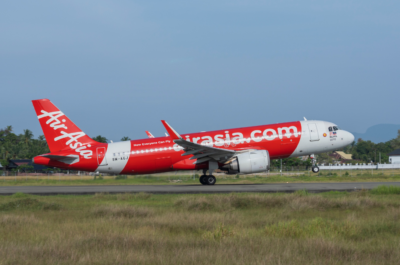…
Asia – Pacific region is already showing a great potential this year as the tourism infrastructure is growing in major cities in the region like Pattaya in Thailand, Singapore, Beijing in China. A great concern though is still the “hot” issues of tsunami, bird flu, terrorist attacks and travel-related taxes and most recently the rise of oil prices in international level and the unstable situation in the Persian Gulf.
Many things indicate that the region will be one of the fastest growing regions in the tourism industry internationally. Firstly, international travelers show intention to travel to Asia. Across all markets more than three-quarters of international travelers would consider Asia as a holiday destination. Outside Asian markets, Germany, Australia and Sweden appear to be the most dynamic markets for the tourist flow in Asia.
As World Tourism Organization reports travel and tourism has become the world’s largest and fastest expanding industry with growth showing a consistent year on year increase. International arrivals have increased by an average rate of 4.2% per annum between 1990 and 2005; a trend that has led the World Tourism Organization to predict that by 2020 tourist arrivals around the world should reach 1.6 billion. The growth forecast is even more spectacular in the case of Asia and the Pacific where international arrivals are expected to leap almost fourfold from 111 million in 2000 to 417 million by 2020. Asia has already overtaken the Americas – in 2002 – to become the second most visited region in the world.
The growth in Asia-Pacific region has been fuelled by rapid economic growth in Asia and the Pacific and by the increasing importance attributed to tourism by national governments. Tourism has become the key industry in several countries in the region in terms of foreign exchange earnings, employment and the generation of income.
The areas that had been affected by the tsunami in December 2004 have managed to surpass the difficulties and saw an increase in visitors’ numbers. According to Pacific Asia Travel Association (PATA), other issues in Asia such as terrorist attacks, bird flu, and travel-related taxes are likely to be greater barriers to travel than tsunami. But we have to mention that there is a misconception regarding the areas that were affected by diseases or terrorist attacks as a great amount of people outside Asia don’t really know which countries face this problem and in what extend. This fact may affect travel in the region as many of those who intend to travel to Asia are misinformed about the situation especially in Indonesia.
The biggest countries in the Asia – Pacific region such as China and India which have almost one third of the world’s population see a significant growth. The infrastructure basis in China is very strong especially this period until the inaugural of the Olympic Games in 2008 in Beijing but India keeps pace with strong developments lying ahead.
“2006 will be a good year for China,” commented Mr. Robert Hecker, Managing Director of Horwath Asia Pacific in Singapore. “Terrorism is of course a big issue for all the regions in the world not only for Asia. But, there is a risk for terrorist attack in Indonesia especially after the bombings in Bali and things will not be so optimistic for the region this year. In general terms, things for Asia – Pacific will be very good in 2006 and new investments opportunities will occur” he concluded.
An important issue that indicates the trends in the region is that those indenting to travel in Asia in 2006 are in greater proportion compared to those in 2005. The biggest variation comes from USA (20% to 37%) followed by Japan (from 51% to 62%), Canada (18% to 27%) and Korea (44% to 54%). China is the only country which shows a significant decline (from 62% to 42%).
A new trend that highlights the importance and the significance among generations is that the generation of Baby Boomers is a lucrative market for Asia Pacific region as approximately 40% of Australians and New Zealanders who are taking an overseas holiday in the region are Baby Boomers and they spend billions of dollars. All data show a good prospect for this market in the region.
The tremendous growth in the region, especially for 2006 has also highlighted a wide range of social, cultural, environmental and economic policy issues that need to be addressed. These can be grouped under two broad headings: firstly devising strategies to meet the projected growth in demand so that tourism continues to produce economic benefits; and secondly, managing tourism effectively to ensure that its growth does not compromise the principles of sustainability.




![[PR] PR_Ascott and Vimut Hospital_2024](https://www.traveldailynews.asia/wp-content/uploads/2024/04/PR-PR_Ascott-and-Vimut-Hospital_2024-400x265.jpg)

